
Last year Jeanine Yamanaka did a detailed review of the Wild Africa Trek in Disney’s Animal Kingdom. I am not going to duplicate her excellent review here and will concentrate on telling you what I felt of it from a photographer’s point of view.
Initially when this tour was announced Disney said nothing could be taken on it including cameras. That certainly put a damper on my excitement. It must have done the same for lots of other people as Disney soon changed their mind. I thought I would have to find a way to tether my camera to the safety vest everyone must wear during the first part of the tour. I was delighted to find out as long as the camera has a neck or wrist strap, no tethering would be necessary. After taking the tour, I totally agree with this assessment as I never felt my camera was in any danger.

My group heads out on the Wild Africa Trek in Disney’s Animal Kingdom.
Copyright Disney 2011. Used by permission.

After checking in, signing the waiver, getting my safety vest on and successfully walking over the test bridges to assure the tour guides I would not fall or trip. I waited for my eleven fellow adventurers by enjoying a steel cup of Jungle Juice from Boma. A very pleasant surprise as I love that stuff.
A quick note on the equipment I used. Because you must store anything you would carry in your pockets in a locker before you start the tour, I went with my Nikon D700 camera body and Nikon 28-300mm VR super zoom lens with image stabilization (VR). This is a very compact and useful combination for any Disney park. I attached a Nikon SB-600 Speedlight flash for fill light a fellow Disney photographer friend of mine said he wished he had done. I put an extra camera battery and memory card in a zippered pocket of the safety vest. One should always carry such backups as you would not want to miss any photo opportunities due to a dead battery or full memory card.
Soon, we were heading out into the park and down the start of the Pangani Forest Exploration Trail until we got to the Meerkats. There we headed off into the woods on an overland trail to the Hippopotamus pools. Here we meet up with a Hippo researcher who took our questions and explained the behavior of the hippos below us. Did you know, the males on in the right hand Hippo pool while the females are on the left side? If you are riding the Kilimanjaro Safari in the future, look just above the male Hippo pool on the right side and you might see a group of adventurers on the Trek. This is where the price of the Wild Africa Trek for a photographer pays off. At each location we stopped at, we were given time to enjoy watching and photographing the animals. Did not have to wish for a safari driver to stop!

A female hippopotamus seen on the Wild Africa Trek.
Nikon D700/28-300VR, 1/125s, f/5.6, ISO 1000, EV +0.3, 300mm focal length.
After the Hippo pools we walked over to a platform leading to the first of two long and high rope bridges. Your vest is securely attached to a steel cable above the bridge but with enough slack to have complete freedom when walking across the bridges. Here I am crossing the first bridge and the photos I took from it.

Scott walking over a rope bridge during the Wild Africa Trek.
Copyright Disney 2011. Used by permission.

A female hippopotamus submerged seen from a rope bridge on the Wild Africa Trek.
Nikon D700/28-300VR, 1/250s, f/16, ISO 900, EV -0.3, 150mm focal length.

A Kilimanjaro Safari jeep full of guests seen from a rope brige on the Wild Africa Trek.
Nikon D700/28-300VR, 1/250s, f/16, ISO 900, EV -0.3, 28mm focal length.
Below you see me photographing from the second bridge. I made sure my camera was using a fast shutter speed as the rope bridges bounce and sway some. Not to mention the large gaps between some of the planks. I had to spread my legs to get as stable a shot as I could.

Scott photographing from a rope bridge during the Wild Africa Trek.
Copyright Disney 2011. Used by permission.
I sure did not want to slip as these guys were below me…

Large Nile Crcodile males photographed from a rope brige on the Wild Africa Trek.
Nikon D700/28-300VR, 1/250s, f/11, ISO 200, EV -0.7, 178mm focal length, fill flash.
All the Nile Crocodiles you see in Disney’s Animal Kingdom are males. They range in age from 10 to 15 years and up to 20 feet long.
Once we all got to the other side of the two bridges, we attached ourselves to another safety cable and could get right out on the edge of an overlook about 10 feet above where the Nile Crocodiles where sunning themselves. It was quite a thrill to see them so close and without glass or bars between them and us.
After about 15 minutes, we headed back on the trail to our next destination on the Wild Africa Trek which I will talk about in Part 2 next week.
If you’ve already done the Wild Africa Trek, post about your experience in our Review Area.


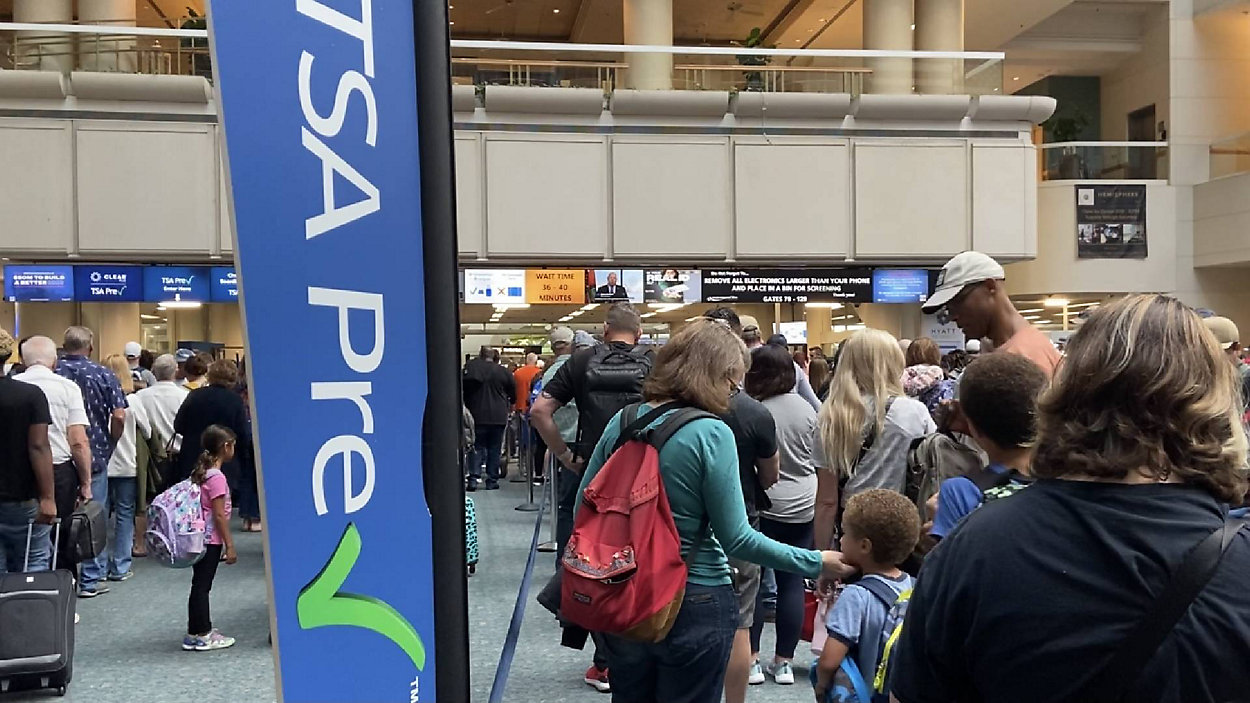
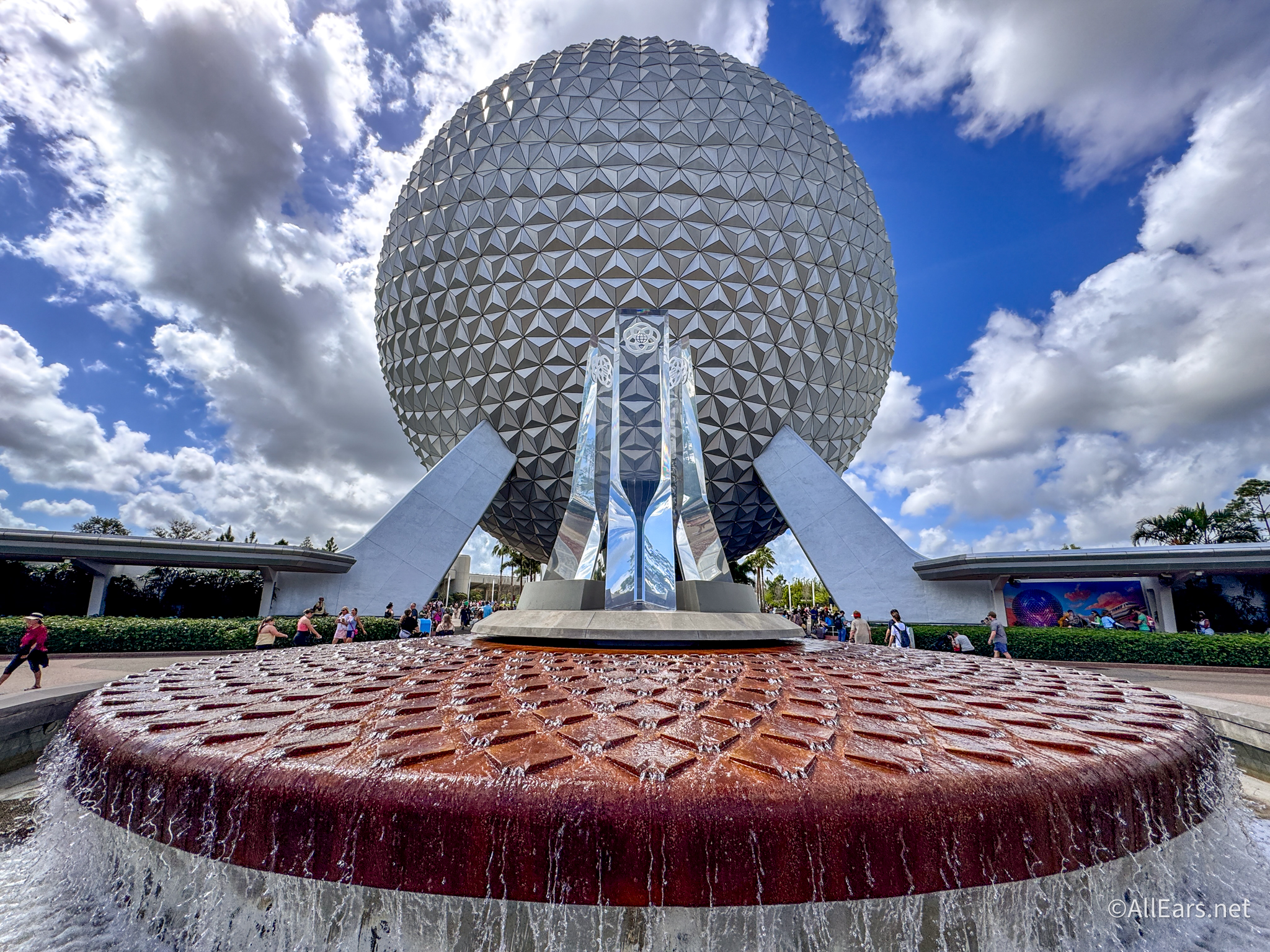
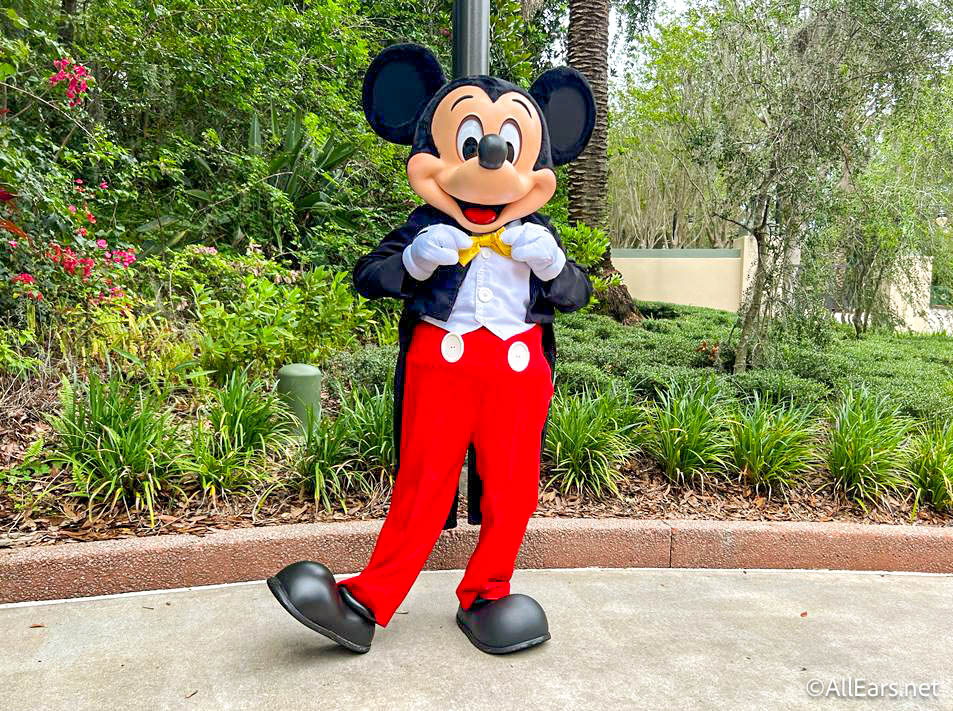
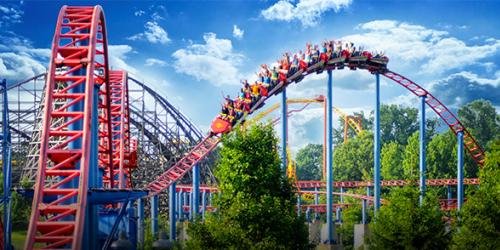
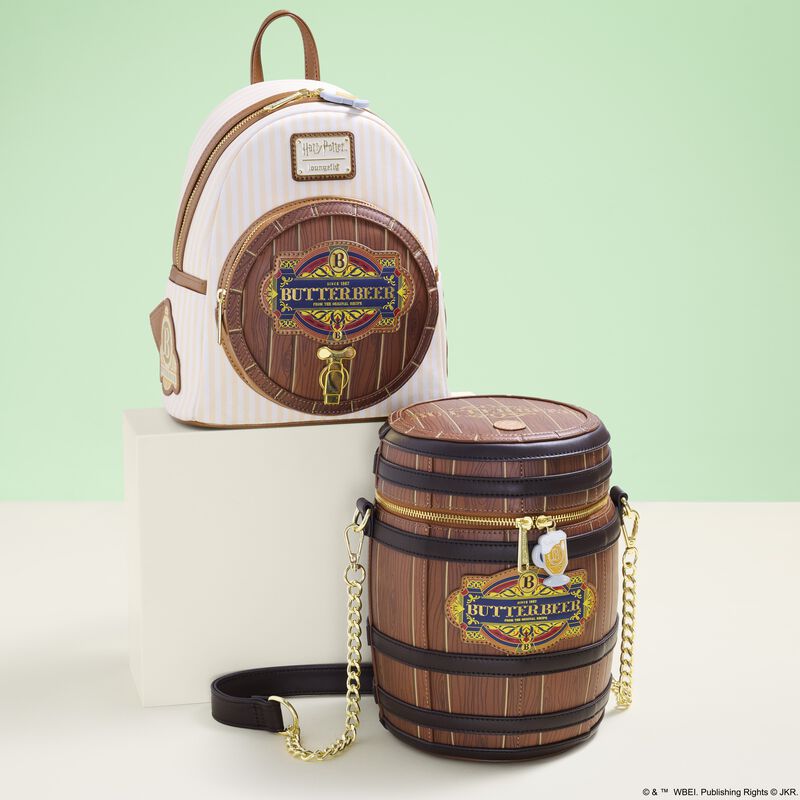

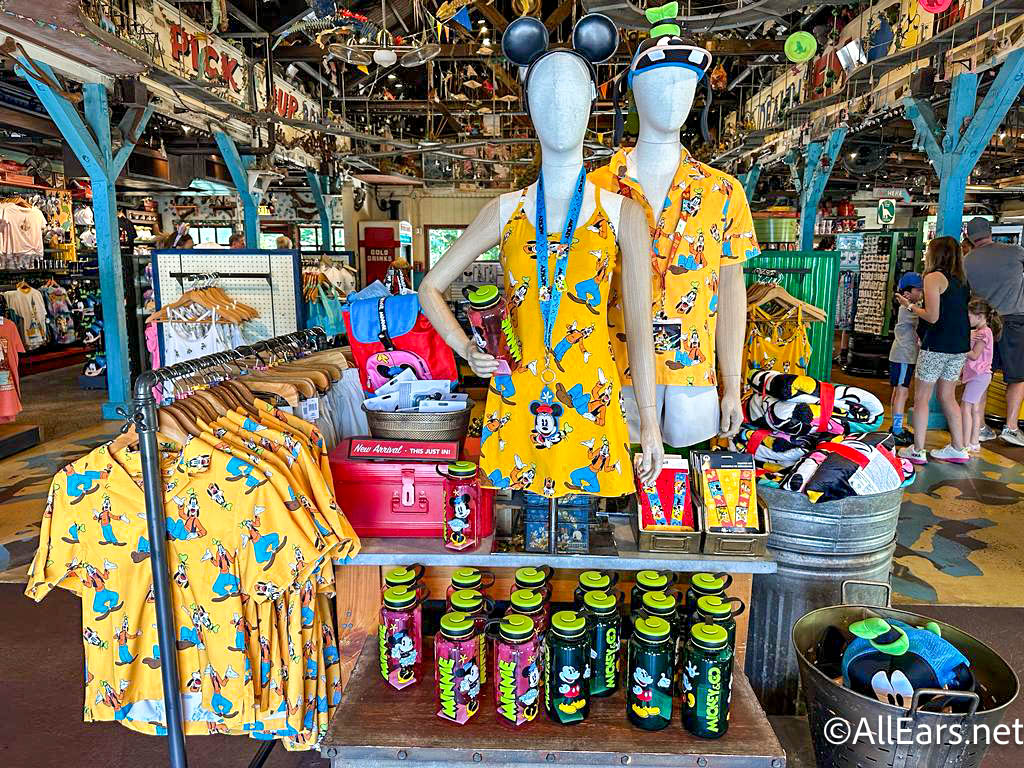

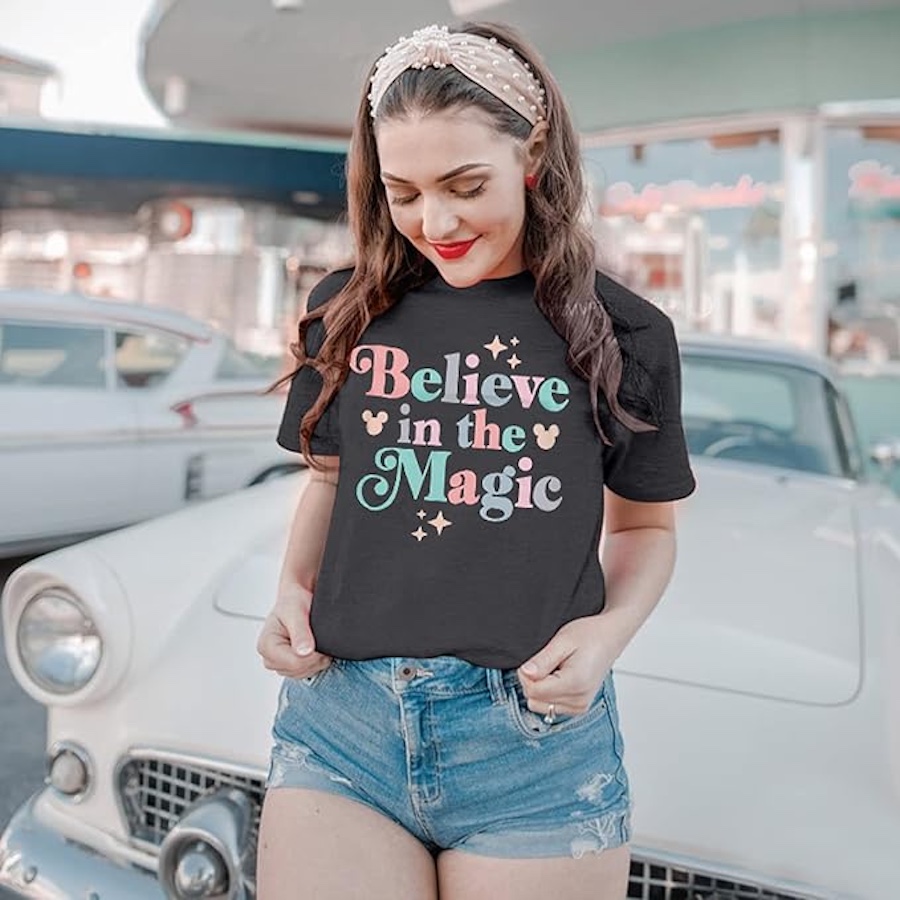
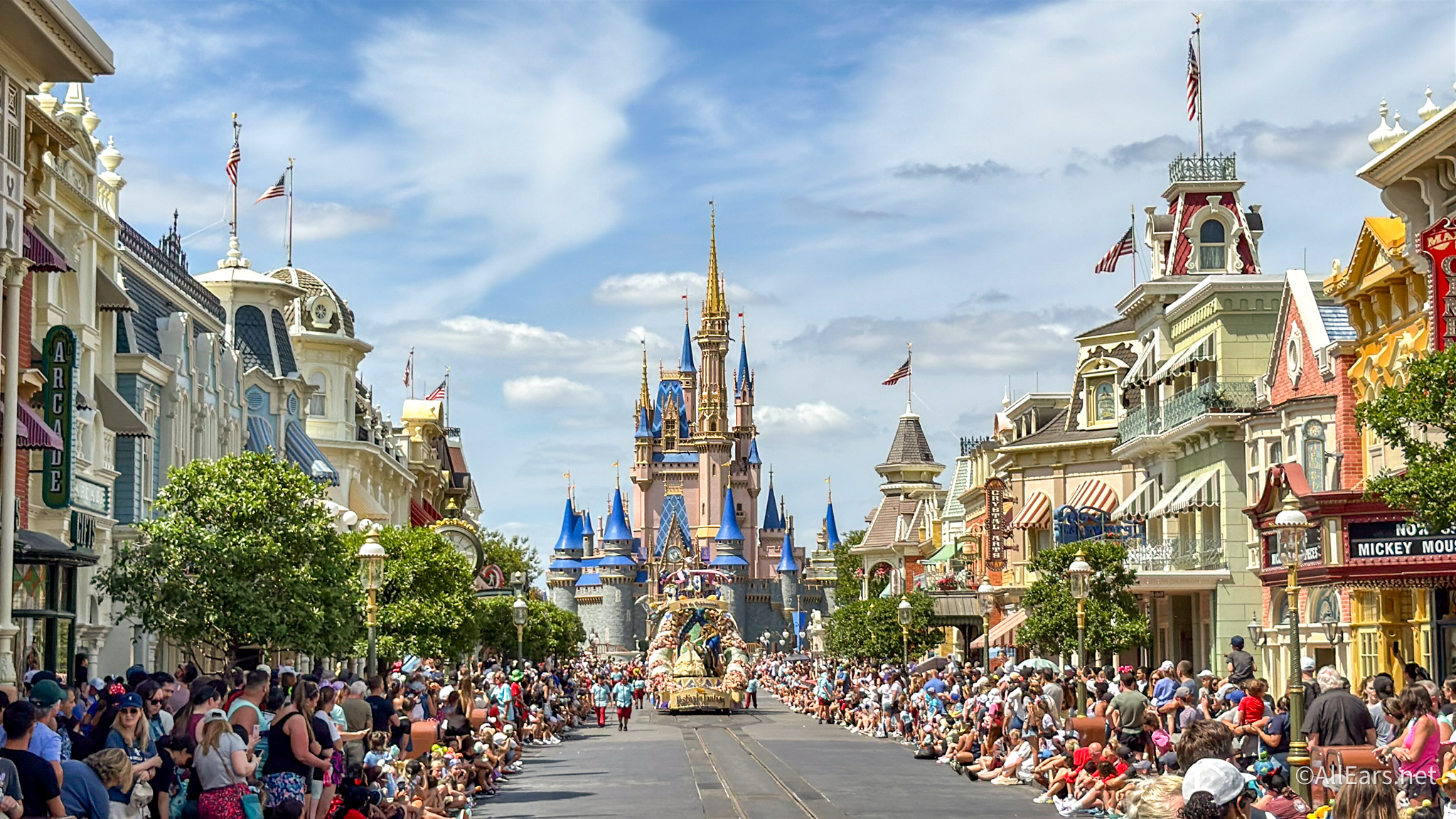
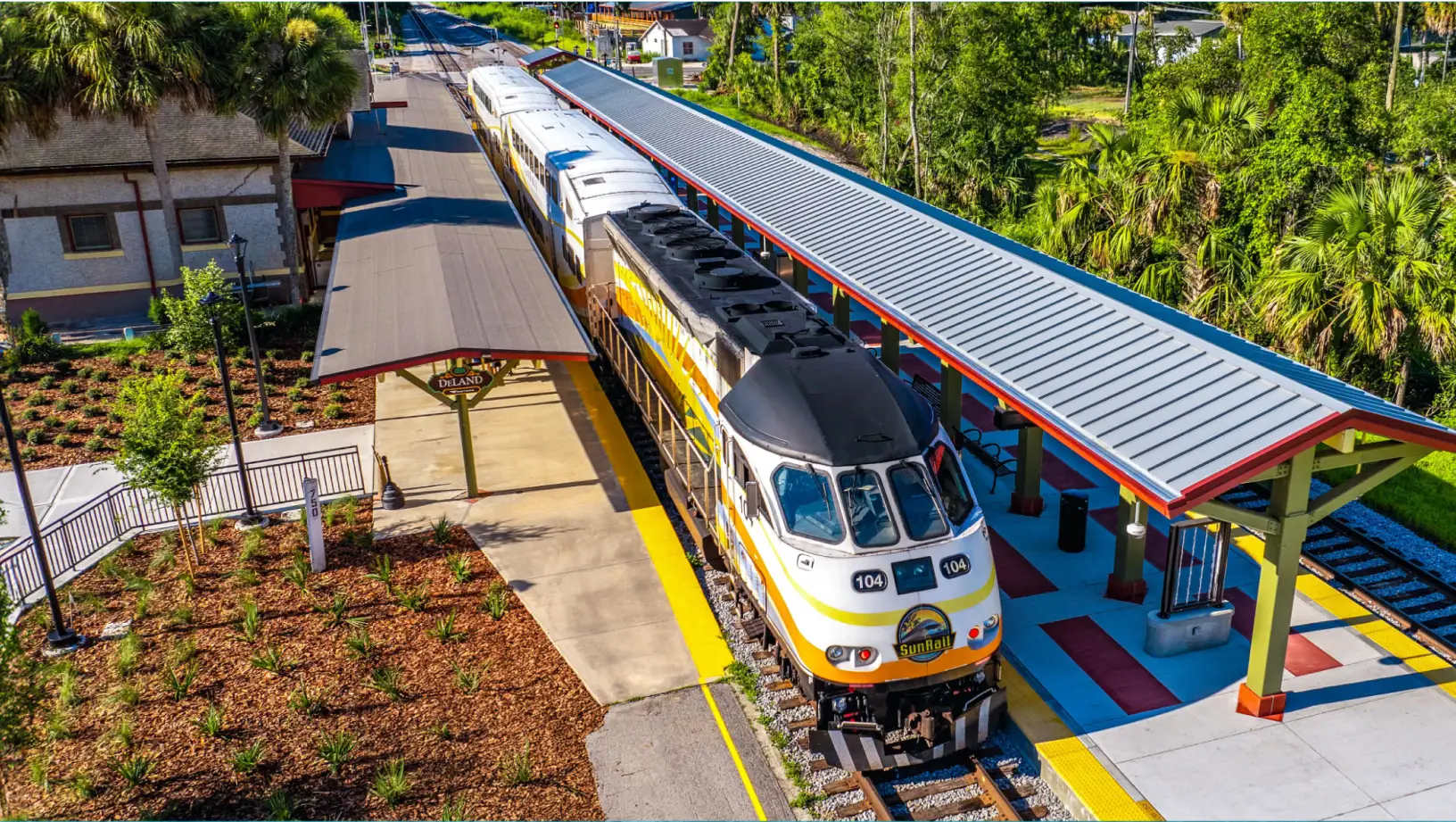
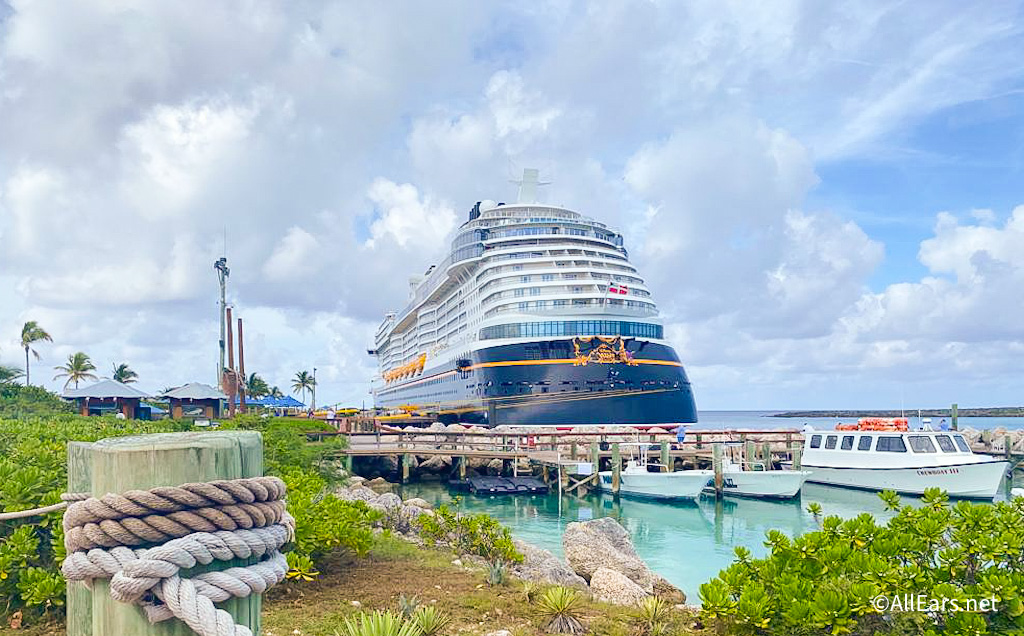
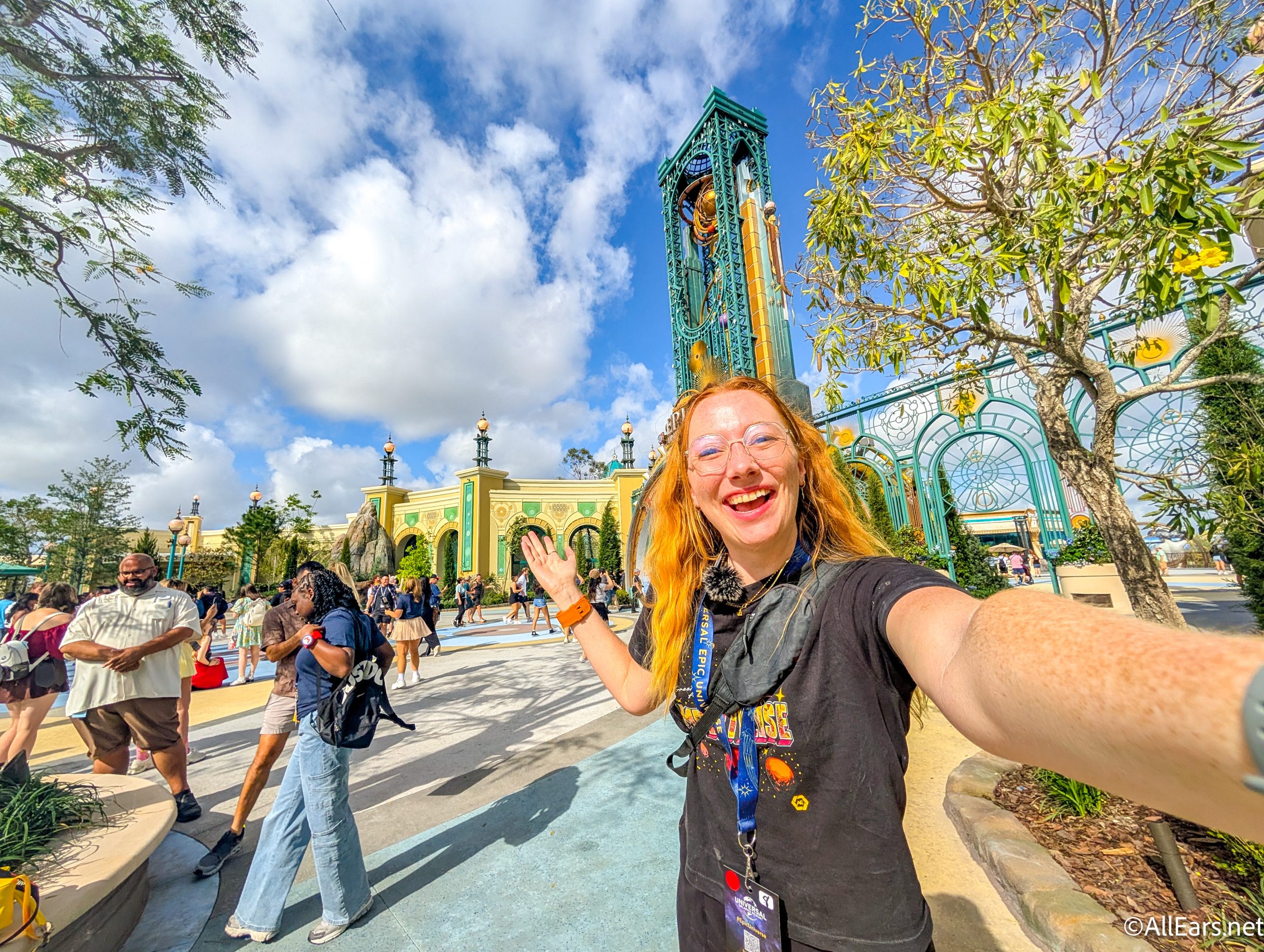


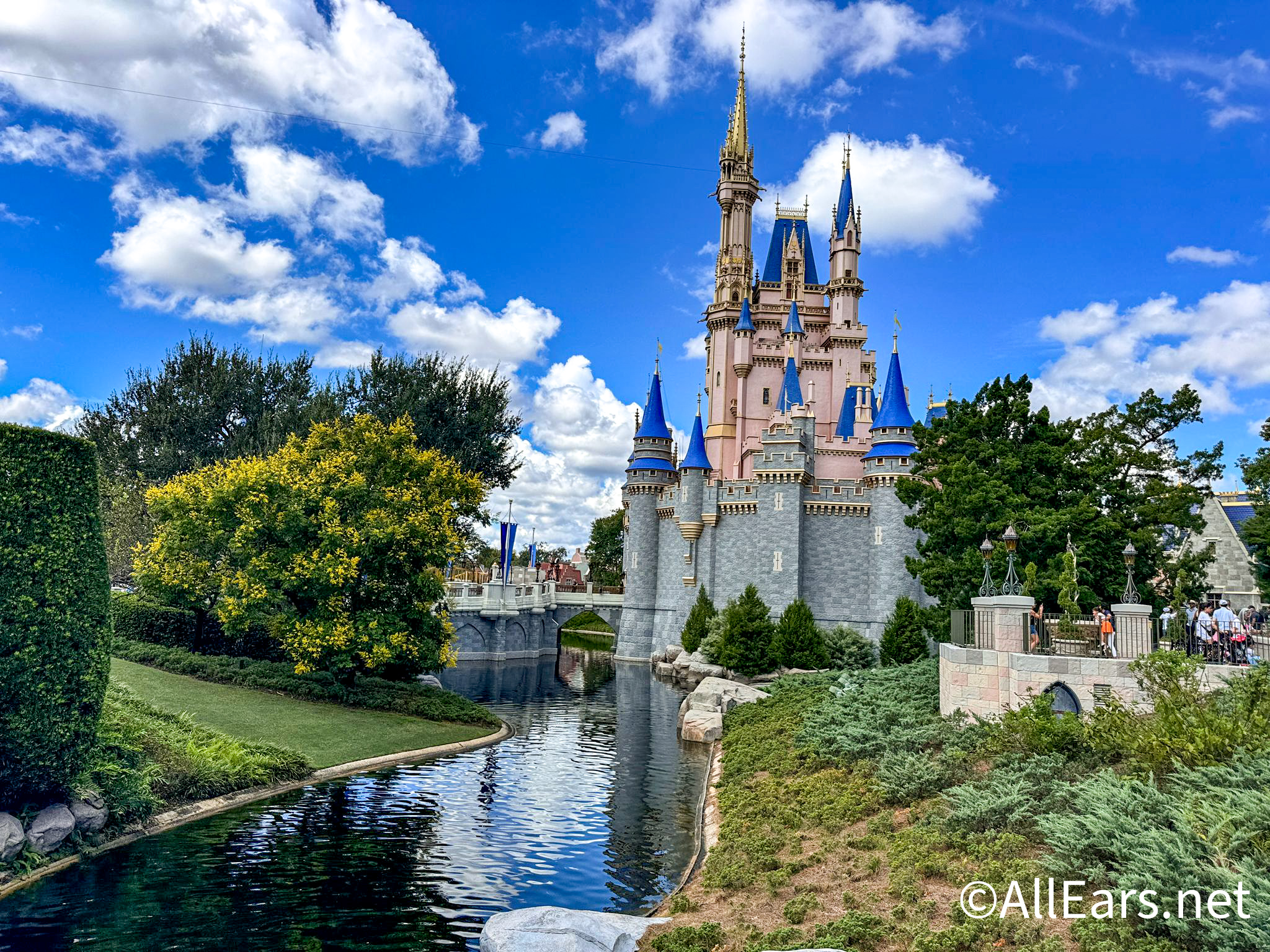
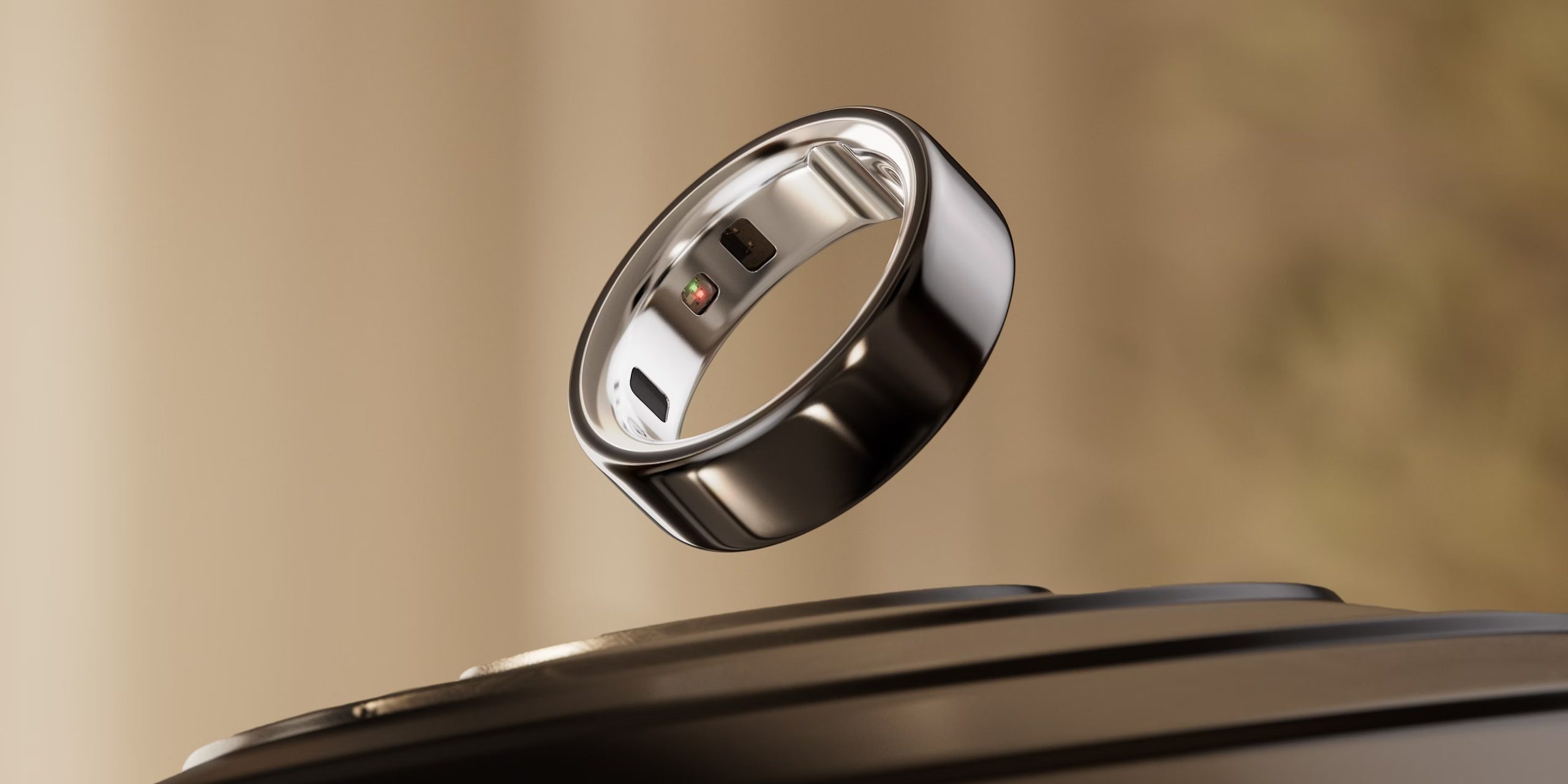
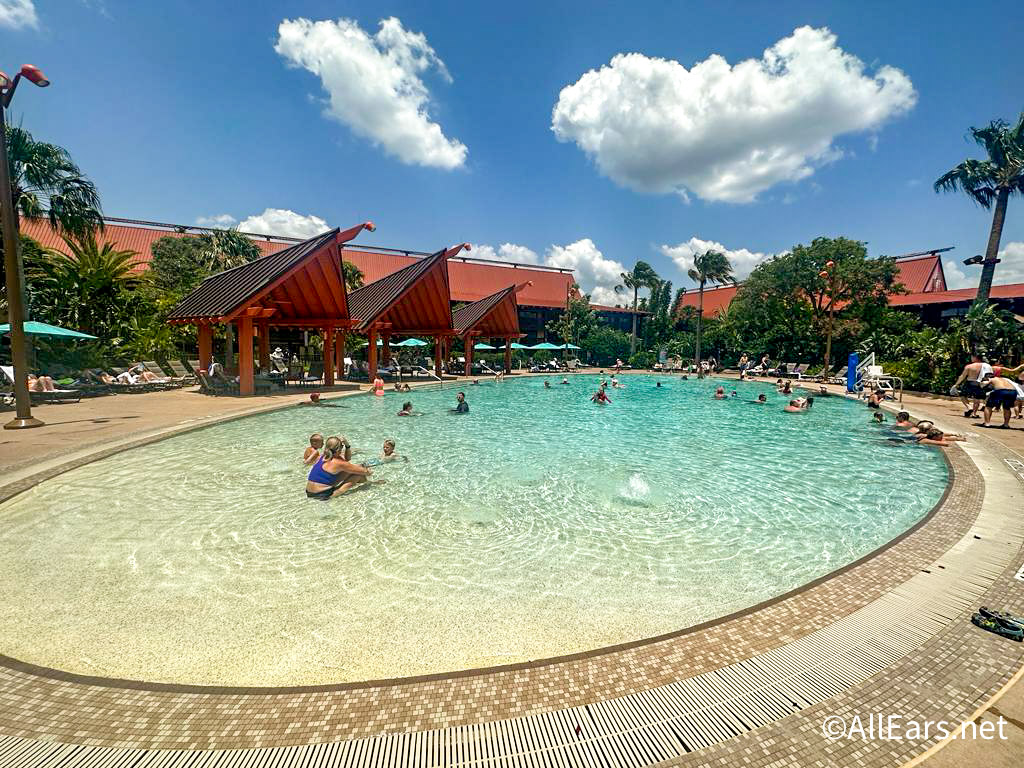



Scott:
I did the Trek last May and I loved it! ( and I am considered a Senior Citizen according to AARP, and not exactly fit,haha)
I only took a small Kodak video camera and was so mad I did not take my regular Canon. The video was hard to deal with on the rope bridges as I had to hold on in order not to be some crock’s lunch!
Can’t wait for your next installment
Scott replies: Thank, Penny. There were a few older guests on the tour with me who had no trouble walking the trails and crossing the bridges. The look tougher than they are. 😉
Okay Scott, you are officially crazy! Oh my word, I could never do any of this, but I did enjoy your brave photos very much 🙂
Becky*
Scott replies: I think a lot of people would agree with you, Becky. Especially my family. LOL It really is not bad at all plus I was tethered to a steel cable so nothing was going to happen to me. Thank you for your comment!